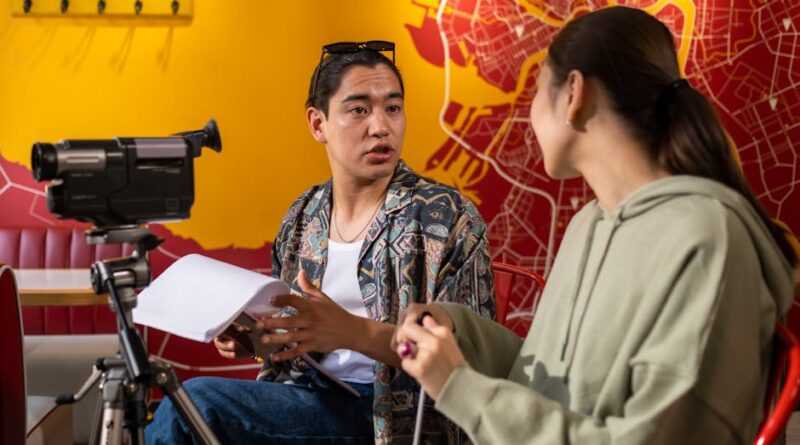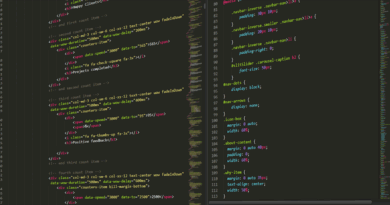The Importance of Storyboarding for Videos
Have you ever watched a movie or a video and thought, Wow, that was well-organized!? Chances are, a storyboard played a big role in that clarity. Storyboarding is a crucial step in video production that helps bring ideas to life. Lets explore why storyboarding matters and how it can elevate your video projects.
What is Storyboarding?
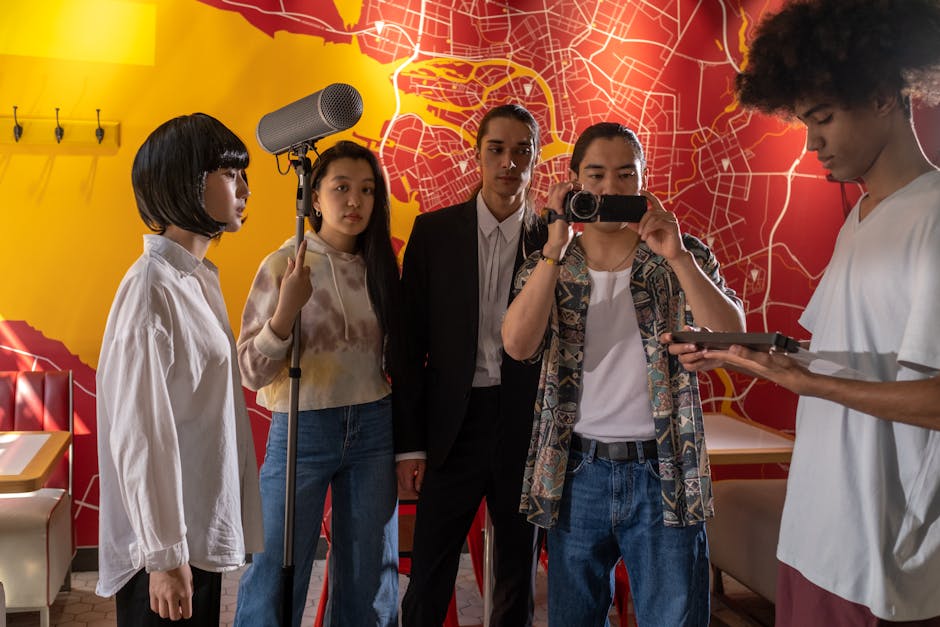
Storyboarding is like creating a comic strip for your video. It involves sketching out scenes, shots, and actions in a sequence. Each frame represents a moment in your video. This visual plan helps you see how your story unfolds.
Think of it this way: if you were planning a road trip, you’d want a map. Storyboarding is that map for your video. It guides you, ensuring you don’t lose your way.
Why is Storyboarding Important?
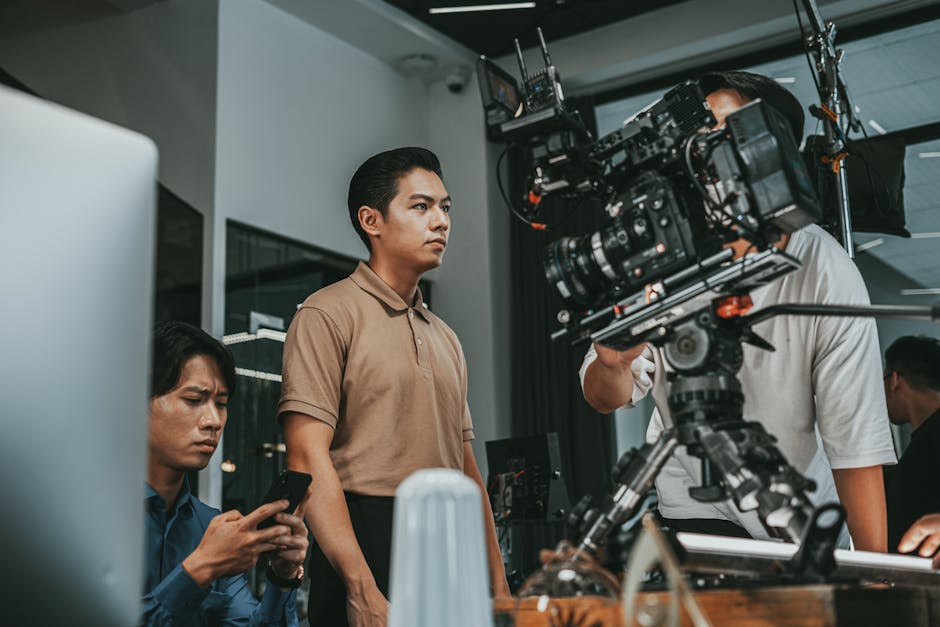
So, why should you invest time in storyboarding? Here are a few key reasons:
- Clarity: A storyboard gives you a clear vision of your video. This clarity helps everyone involved understand the project’s direction.
- Organization: It helps keep your ideas organized. You can easily move scenes around to find the best flow.
- Time-saving: Planning ahead saves time during filming. Youll know exactly what you need to shoot.
- Budget-friendly: Less confusion means fewer mistakes and less wasted money.
How Does Storyboarding Work?

Now that you know what storyboarding is, lets dive into how it works. Heres a step-by-step guide:
1. Start with an Idea
Before you start sketching, think about your videos purpose. What message do you want to convey? Who is your audience? Answering these questions will set the stage for your storyboard.
2. Outline Your Story
Write down the key points of your story. This can be as simple as a list of scenes you want to include. For example, if you’re making a video about baking cookies, your outline might look like:
- Gathering ingredients
- Mixing dough
- Baking in the oven
- Decorating cookies
3. Draw Your Scenes
Now comes the fun part! Start drawing each scene on paper or digitally. You don’t need to be an artist; stick figures work just fine. Focus on key actions and camera angles.
4. Add Notes
Next to each drawing, add notes about dialogue, sound effects, or special instructions. This will help you remember the details when it’s time to shoot.
5. Review and Revise
Once you have your storyboard laid out, review it carefully. Walk through the story from start to finish. Make sure it flows well and communicates your message effectively.
What are the Benefits of Storyboarding?
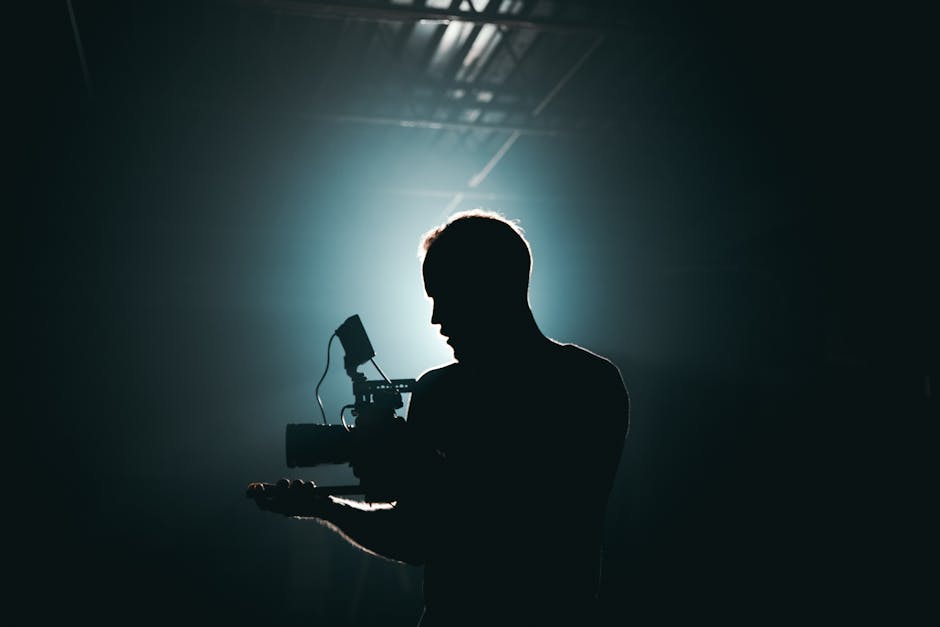
Still unsure if storyboarding is worth the effort? Here are some benefits that might change your mind:
- Improved Communication: A storyboard allows everyone on the team to see the vision. This reduces misunderstandings and keeps everyone on the same page.
- Enhanced Creativity: By visualizing scenes, you might discover new ideas or angles you hadn’t thought of before.
- Better Time Management: Knowing what you need to shoot saves time on set. You can plan your shooting schedule more effectively.
- Streamlined Editing: A clear storyboard can make the editing process smoother. Youll already know how the final product should look.
How Do Professionals Use Storyboarding?
Professionals in film, animation, and advertising often rely on storyboarding. For example, major movies like “Star Wars” used detailed storyboards to plan complex action sequences.
In animation, studios like Pixar create extensive storyboards. They help visualize movement and timing before production begins. This practice allows for creative freedom while maintaining structure.
What Tools Can You Use for Storyboarding?
You don’t need fancy software to storyboard. Here are some popular options:
- Pencil and Paper: The classic method! it’s simple and effective.
- Storyboarding Software: Programs like Storyboard That and Canva offer templates and tools to create digital storyboards.
- Apps: Mobile apps like ArtFlow or Procreate let you sketch on the go.
Common Misconceptions About Storyboarding
Many people think storyboarding is only for big-budget films. that’s not true! Even small projects can benefit from this planning step.
Another myth is that storyboarding stifles creativity. On the contrary, it can spark new ideas and help shape your vision. it’s not about limiting your creativity; it’s about enhancing it.
How Can You Get Started with Storyboarding?
Ready to try storyboarding for your next video? Here are some actionable tips:
- Start Small: If you’re new to storyboarding, begin with a short video or a simple project.
- Use Templates: Look for free storyboard templates online to get started.
- Practice Regularly: The more you storyboard, the better you’ll get at it.
Conclusion: Make Storyboarding a Habit
Storyboarding is a powerful tool for anyone creating videos. It brings clarity, organization, and creativity to your projects. Whether you’re making a personal vlog or a professional advertisement, take the time to storyboard. Your audience will thank you for it!
So, grab your pencil, start sketching, and bring your video ideas to life with a solid storyboard!
Want to learn more about video production? Check out our post on video editing tips!
